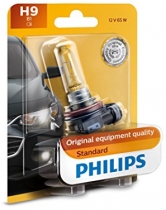-
Welcome to Tacoma World!
You are currently viewing as a guest! To get full-access, you need to register for a FREE account.
As a registered member, you’ll be able to:- Participate in all Tacoma discussion topics
- Communicate privately with other Tacoma owners from around the world
- Post your own photos in our Members Gallery
- Access all special features of the site
3rd Gen HID vs LED vs Halogen H11 projector headlights
Discussion in '3rd Gen. Tacomas (2016-2023)' started by crashnburn80, Jan 25, 2019.
Page 42 of 340
Page 42 of 340


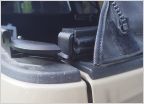 Bestop super top on a dclb pics
Bestop super top on a dclb pics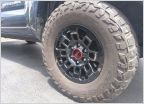 TRD Pro Wheel Swap? 19’ to 20’
TRD Pro Wheel Swap? 19’ to 20’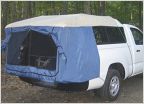 Short Bed w Shell - Sleeping Options
Short Bed w Shell - Sleeping Options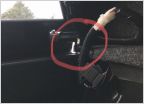 PLEASE! How to seal my tailgate w/ camper shell!?
PLEASE! How to seal my tailgate w/ camper shell!?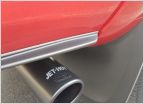 Satin Black Exhaust Tip
Satin Black Exhaust Tip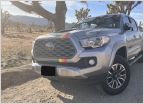 Before and After of my mall crawler…
Before and After of my mall crawler…









